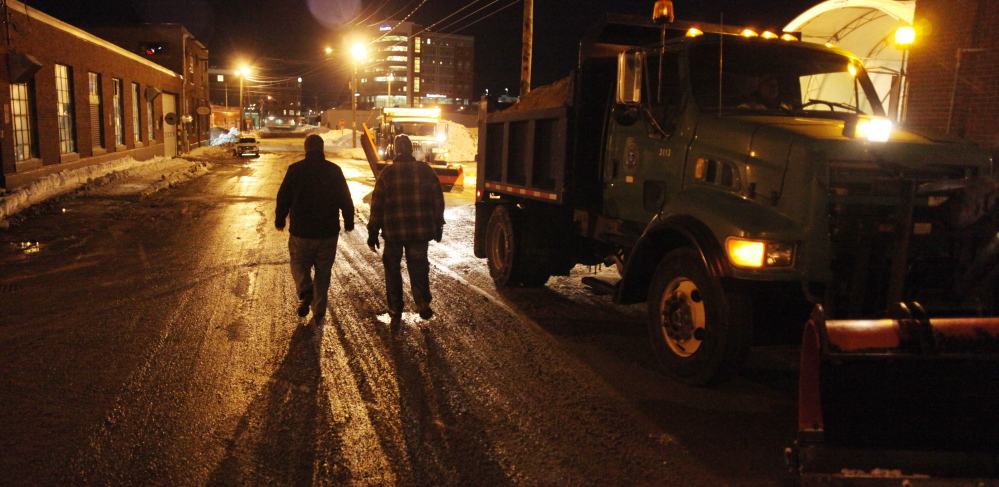We have written a lot of late about the affordable housing crisis in Portland, where the advertised rents in the city exceed the median wage earner’s capacity to pay by more than $500 a month.
As the largest city in a rural state, Portland is considered to be so different from the rest of Maine that its housing crisis can be viewed as a one-of-a-kind problem. But it’s not.
A draft report issued by Maine State Housing’s Affordable Housing Working Group finds that a shortage of affordable rental housing is a statewide problem, with the average rent being twice what an extremely low-income family can afford to pay.
While Portland’s housing crisis is driven by a nearly zero vacancy rate, the statewide picture is not much better, with a vacancy rate of only 5 percent. That means that demand outpaces supply, driving up rents.
According to the working group, there are 38,800 very low-income families that spend over 50 percent of their income on housing. Their ranks have grown by 47 percent just since 2007, before the start of the Great Recession.
The lack of affordable housing is a statewide problem, which calls on policymakers to find ways to work in cooperation with private-sector and nonprofit partners to build more housing, and to find better ways to help the neediest avoid homelessness.
But it’s equally important to realize that this is not just a housing problem.
What we see playing out in the rental market throughout the state is a result of wage stagnation, which has been decades in the making. Good middle-class jobs in fishing, forestry and manufacturing have disappeared.
This is not only a struggle for working people trying to support a family, but also for people too old to work, who don’t have savings or pension benefits that were more common a generation ago.
And this is a national problem. In inflation-adjusted dollars, the American middle class, which for decades has been the model for how economic prosperity could be widely shared, has not seen a pay raise in a generation.
During the entire period between 1980 and 2013, wages for median-wage workers were stagnant, increasing by less than 0.2 percent a year on average, according to a study by the Center for Economic Progress. The wages for low-wage workers actually dropped during the same 33-year period, falling by 5 percent.
High-wage earners saw a 41 percent increase, but that number is misleading. Most of the increase went to the top 1 percent, leaving those in what used to be considered upper-middle-class professional jobs also treading water.
This slide has been happening for years, but we may have reached a crucial tipping point. A just-released study by the Pew Research Center found that there are fewer middle-income Americans (defined as those who earn two-thirds to double median income) than there are low-income and high-income earners combined. In 1971, 62 percent of Americans were middle class. Today, according to Pew, it’s 43 percent – the first time in five decades that the percentage is less than half.
The housing problem is a symptom of these bigger economic trends. The supply of affordable housing is not keeping up with demand in Maine, but if middle-class incomes had continued to grow as they did in the post-World War II era, rising rents would not pose the challenge that we see today all over the state.
Maine needs to build more dedicated affordable housing for seniors and low-income families, and it needs to raise the caps on rent subsidy programs, which are serving only a fraction of the people who are eligible for them. But until we face up the challenges of wage stagnation and the shrinking middle class, we will see more crises like the one we now face with affordable housing.
Send questions/comments to the editors.



Success. Please wait for the page to reload. If the page does not reload within 5 seconds, please refresh the page.
Enter your email and password to access comments.
Hi, to comment on stories you must . This profile is in addition to your subscription and website login.
Already have a commenting profile? .
Invalid username/password.
Please check your email to confirm and complete your registration.
Only subscribers are eligible to post comments. Please subscribe or login first for digital access. Here’s why.
Use the form below to reset your password. When you've submitted your account email, we will send an email with a reset code.